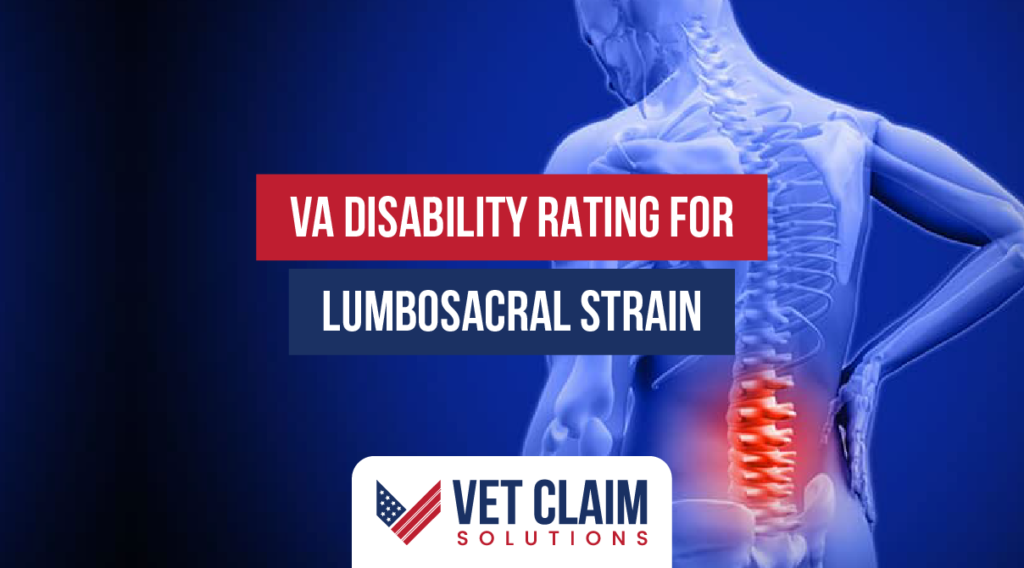Are you a veteran who has been diagnosed with lumbosacral strain? You may be eligible for VA disability benefits. Understanding the VA disability ratings and how to get the highest rating possible is an important part of filing your va disability claim. In this article, we’ll explain what lumbosacral strain is, the symptoms and treatments for it, how the VA rates this condition, and how to get the highest VA rating possible.
What is a lumbosacral strain?
A lumbosacral strain refers to an injury or damage to the muscles, ligaments, or other soft tissues in the lower back region. The lower back, known as the lumbosacral spine, encompasses the area between the ribcage and the top of the buttocks. This section consists of the lumbar vertebrae, which are the five lower bones of the spine, and the sacrum, a triangular-shaped bone located at the base of the spine.

The lumbosacral region plays a crucial role in providing support for the upper body, facilitating movements such as bending, twisting, and lifting, and protecting the nerves that extend through the lower back. When the muscles, ligaments, or other soft tissues in this area are subjected to excessive strain, they can become injured or damaged, resulting in a lumbosacral strain.
Symptoms of a Lumbosacral Strain
Lumbosacral strain can manifest with several symptoms, indicating the injury and strain in the lower back region. These symptoms can vary in severity and may include:

Lower back pain:
The hallmark symptom of lumbosacral strain is experiencing pain in the lower back. The pain can range from a dull, persistent ache to sharp, shooting sensations. It is typically localized in the area above the buttocks and below the ribcage.

Muscle spasms:
The strained muscles in the lower back may go into spasms as a protective mechanism. Muscle spasms can cause intense pain and a tightening sensation, making movement and finding a comfortable position difficult.

Restricted mobility:
Lumbosacral strain can limit the mobility of the lower back, leading to reduced flexibility and range of motion. Activities involving bending, twisting, or lifting may be particularly challenging and exacerbate the pain.

Numbness or tingling:
Pressure on the nerves in the lower back due to the strain can result in sensations of numbness, tingling, or even weakness in the legs or feet. This occurrence is known as radiculopathy and is caused by nerve irritation or compression.

Stiffness and discomfort:
The affected area may feel stiff and uncomfortable, especially after prolonged periods of inactivity or poor posture. This stiffness can further impede movement and may be accompanied by muscle tightness and tenderness.

Sleep disturbances:
The pain and discomfort associated with lumbosacral strain can make it challenging to find a comfortable sleeping position, leading to disrupted sleep patterns and difficulty getting a restful night’s sleep.
Treatment for Lumbosacral Strain
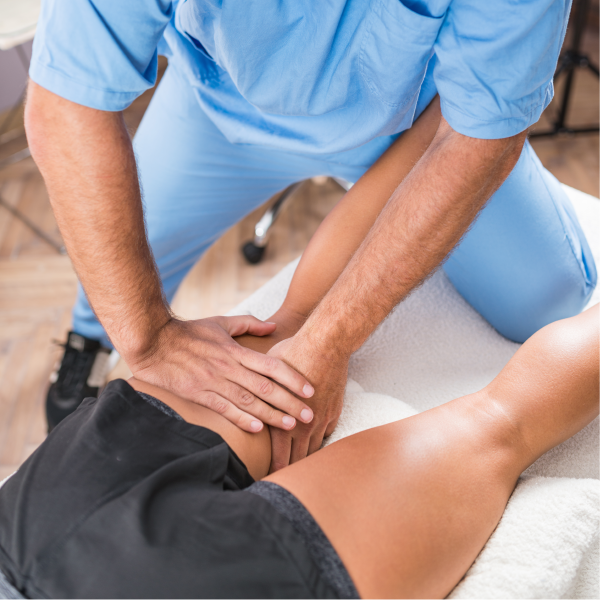

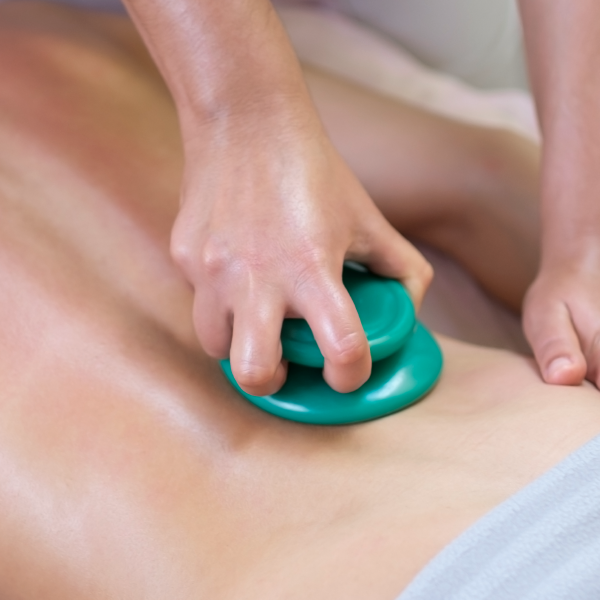
Physical therapy: Customized exercises improve strength, flexibility, and range of motion in the lower back.
Pain management: Over-the-counter pain relievers and anti-inflammatory drugs help reduce pain and inflammation.
Heat therapy: Applying heat to the lower back relaxes muscles and increases blood flow.

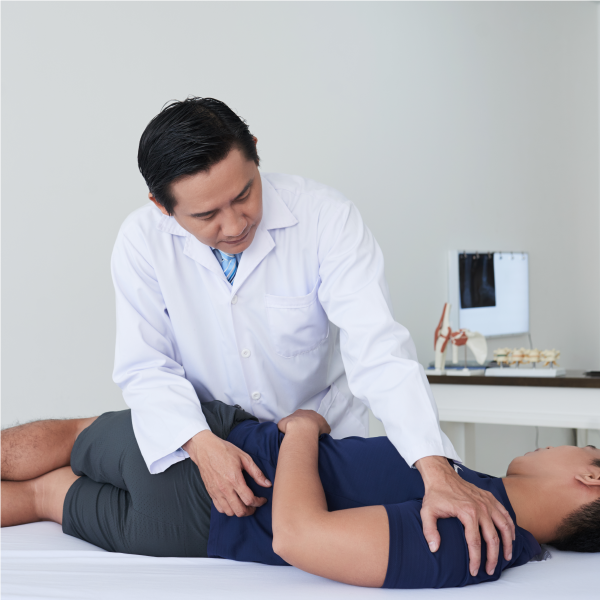
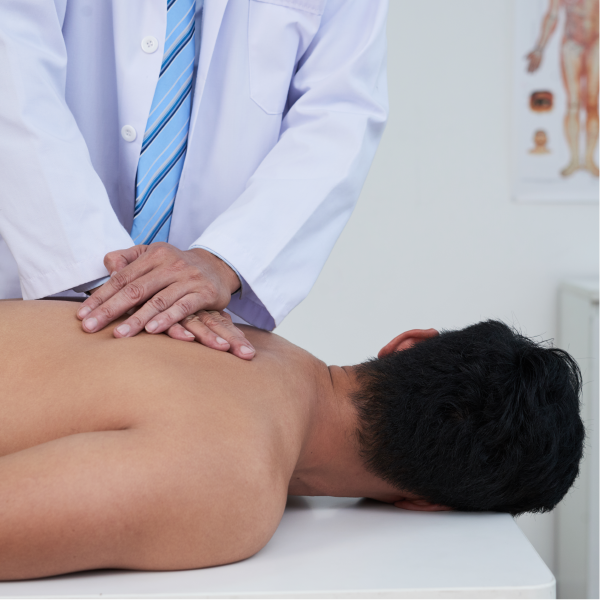
Ice therapy: Cold packs or compresses reduce inflammation and numb the affected area.
Chiropractic care: Manual adjustments realign the spine and alleviate pressure on nerves.
Massage therapy: Therapeutic massages relax muscles, improve circulation, and reduce tension.
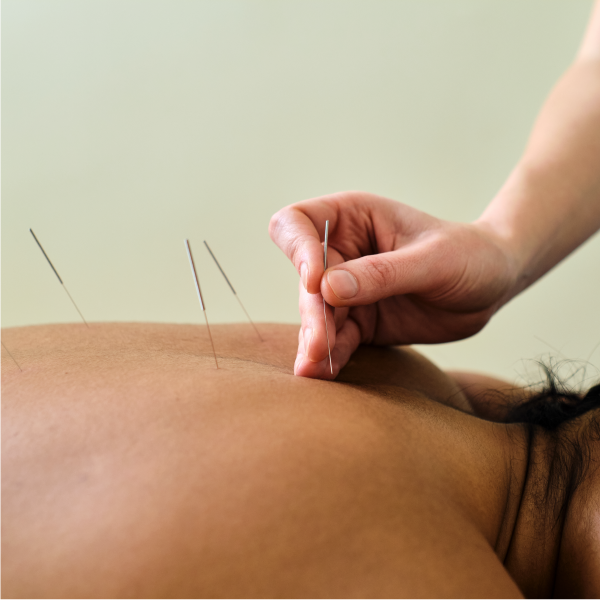
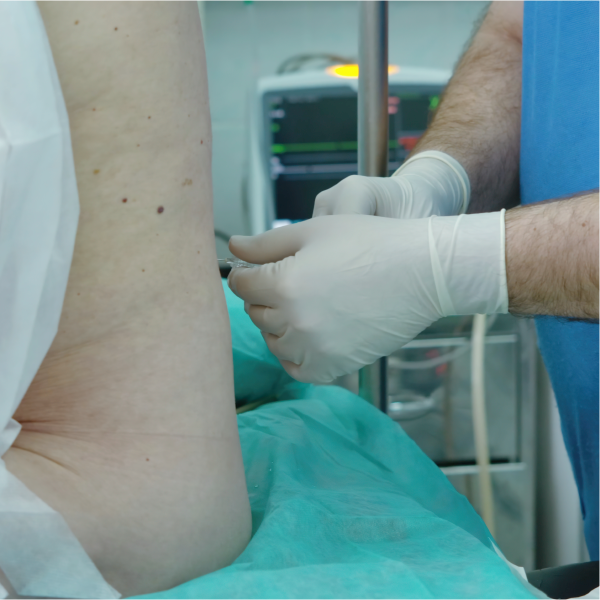
Acupuncture: Inserting thin needles at specific points promotes pain relief and healing.
Surgery (rare cases): Reserved for severe and persistent cases when conservative treatments are ineffective.
Consult a healthcare professional for personalized treatment recommendations.
VA Service Connection for Lumbosacral Strain
To establish service connection for a lumbosacral strain and qualify for disability benefits, veterans need to fulfill the following requirements:
1. Current diagnosis:
Veterans must have a documented current diagnosis of a lumbosacral strain.
2. In-service event:
There should be evidence of an event, injury, or illness that occurred during their military service, which is related to the lumbosacral strain.
3. Medical nexus:
A medical nexus, or a link, needs to be established between the current diagnosis of lumbosacral strain and the in-service occurrence. This is typically done through a Compensation & Pension (C&P) examination, where a VA examiner evaluates the medical evidence and provides an opinion on the connection between the condition and military service.
How VA Rates Lumbosacral Strain
Lumbosacral strains are rated by the VA based on the severity and limitations caused by the condition. The current rating system, under Diagnostic Code 5237, evaluates the extent of spine misalignment or restricted motion due to the lumbosacral strain. The following rating levels apply:

When the entire spine is fixed in an unfavorable position.

When the middle and lower back (Thoracolumbar spine) are fixed in an unfavorable position.

When the forward bending motion of the middle and lower back is limited to 30 degrees or less, or when the Thoracolumbar spine is fixed in a neutral position.

When forward bending is limited between 30 and 60 degrees, or when the overall forward and backward motion of the middle and lower back is limited to 120 degrees or less. This rating may also apply if there are muscle tightness and abnormal gait or posture due to nerve pain.

When forward bending is limited between 60 and 85 degrees, or when the overall forward and backward motion of the middle and lower back is between 120 and 235 degrees. This rating can also apply if there are muscle tightness or tenderness but without resulting in abnormal gait or posture. Additionally, if a fracture in the vertebrae causes a loss of at least 50% of its original height, a 10% rating may be assigned.
These rating percentages are determined based on the evaluation of medical evidence and the specific limitations and symptoms experienced by the individual with lumbosacral strain.
How to Get a Lumbosacral Strain VA Rating
To increase your chances of obtaining a VA rating for lumbosacral strain, consider the following steps:
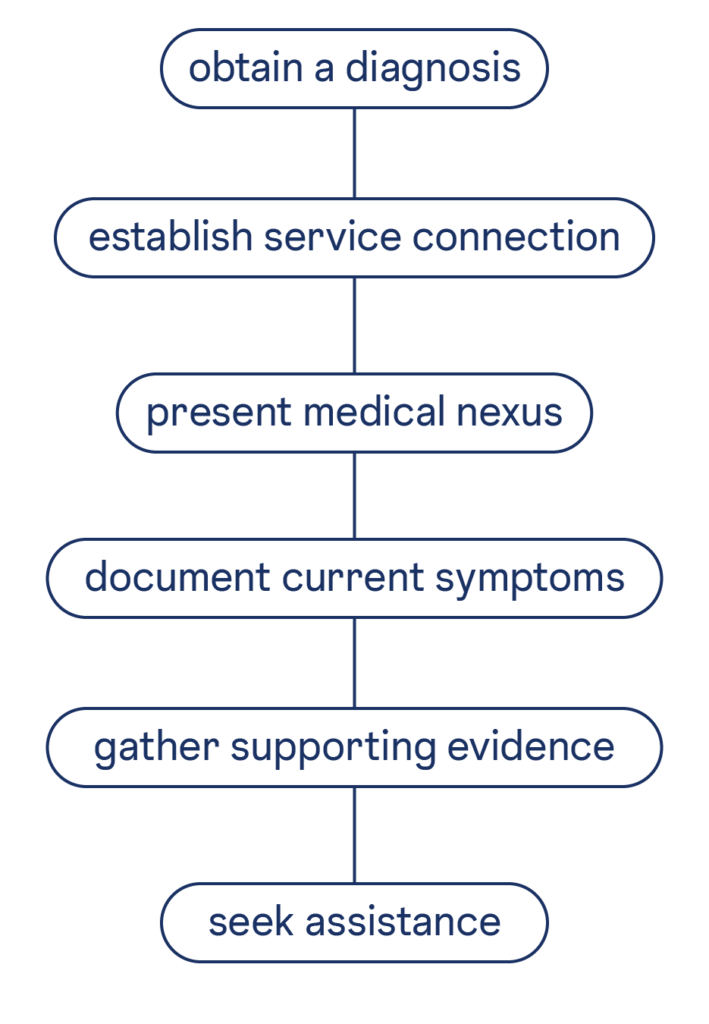
Obtain a Diagnosis:
Ensure that you have a documented medical diagnosis of lumbosacral strain in your medical records. A current diagnosis is more beneficial in demonstrating that your condition is ongoing and affecting your daily life.
Establish Service Connection:
Provide evidence to establish a connection between your lumbosacral strain and your military service. This can involve demonstrating that your condition was caused or worsened by your service or linking it to another service-connected condition.
Present Medical Nexus:
Obtain a medical nexus letter from a private doctor or specialist. This letter should explain the connection between your lumbosacral strain and your military service. It can be crucial in supporting your claim by providing a professional opinion.
Document Current Symptoms:
Maintain detailed records of your current symptoms and limitations caused by your lumbosacral strain. This information will be relevant in determining the appropriate VA rating for your condition.
Gather Supporting Evidence:
Collect all relevant medical records, including VA medical records, private treatment records, and any documentation that substantiates the impact of your lumbosacral strain on your daily life and functional abilities.
Seek Assistance:
Consider working with a veterans service organization (VSO) or an experienced representative who can guide you through the claims process, ensure you have all necessary documentation, and provide support during the application and appeals process.
Remember that each case is unique, and it is advisable to consult with a knowledgeable professional or VSO to obtain personalized advice based on your specific circumstances.
How Does Lumbosacral Strain Compare to Other Back Problems?
Back pain can vary in intensity and characteristics, ranging from a dull, constant ache to sharp, shooting pain. Now, let’s take a closer look at specific back problems:
Lumbosacral Strain:
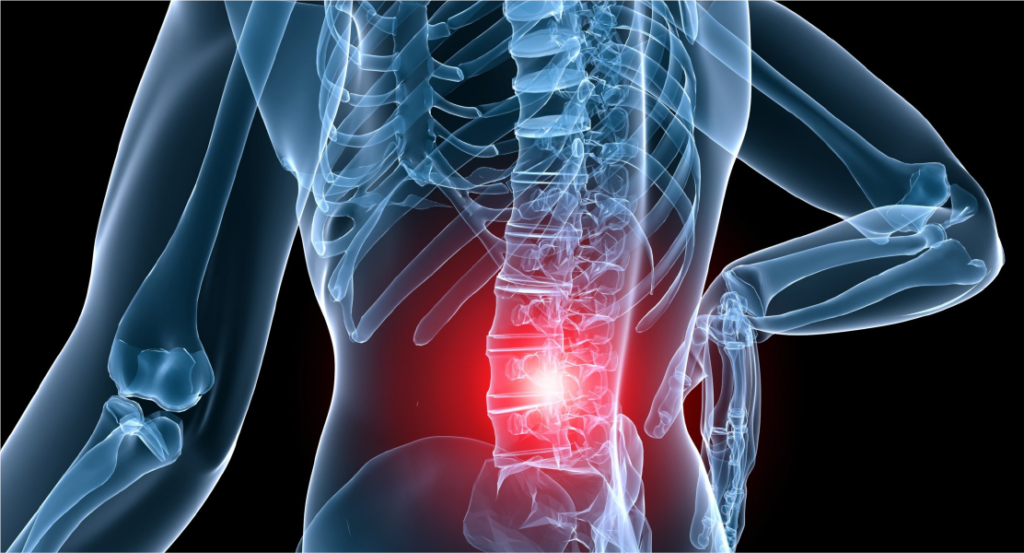
Lumbosacral strain occurs when there is tearing or overstretching of ligaments, tendons, and/or muscles in the lower back region. This strain can result from trauma, such as sudden forceful movements or accidents, or from repetitive overuse of the back muscles. Lumbosacral strain typically causes significant pain and restricts the range of motion in the affected area.
Degenerative Disc Disease (DDD):
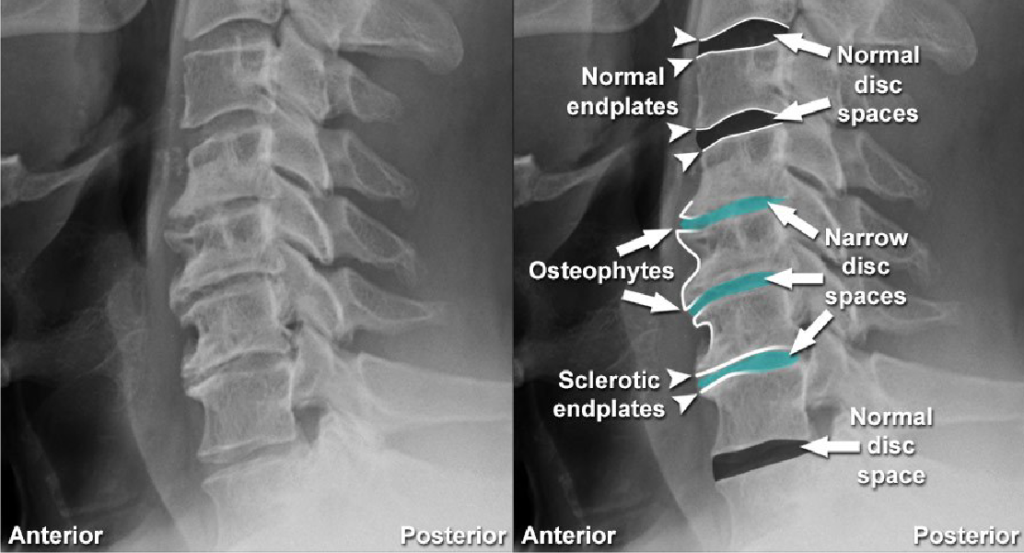
Degenerative disc disease, also known as osteoarthritis of the spine, refers to problems affecting the vertebral discs. These discs, which act as cushions between the spinal vertebrae, can lose fluid and become displaced or rupture. Individuals with DDD often experience pain, numbness, and tingling sensations in all four extremities. The condition can significantly compromise their overall function.
Intervertebral Disc Syndrome (IVDS):
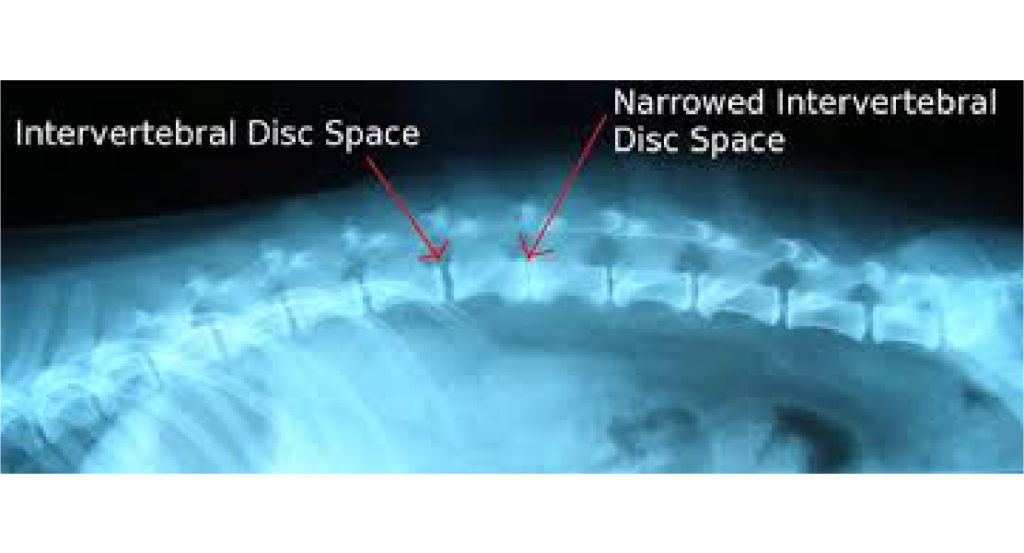
Intervertebral disc syndrome, commonly referred to as a bulging or herniated disc, occurs when a disc’s inner core pushes against and irritates a nerve root in the spine. This condition leads to sharp, chronic pain in the affected area. Patients with IVDS also commonly report experiencing numbness, tingling, and weakness in their legs due to nerve compression.
FAQ’s
1. What is the VA disability rating for lumbosacral strain?
The VA disability rating for lumbosacral strain is determined based on the severity and impact of the condition on the veteran’s daily life and functional abilities. The disability rating is assigned according to the VA’s Schedule for Rating Disabilities, which outlines specific criteria for each condition.
2. What is a 40% lumbosacral strain?
A 40% VA disability rating for lumbosacral strain indicates a moderate level of impairment and pain that significantly affects the veteran’s ability to perform daily activities. This rating takes into account factors such as limitations in range of motion, chronic pain, muscle weakness, and functional impairment. The specific criteria for a 40% rating would be outlined in the VA’s Schedule for Rating Disabilities.
3. Need help in submitting claim.
If you need help in submitting a claim for lumbosacral strain or any other medical condition related to your military service, consult with VetClaim solution. At VetClaim solution , we understand the complexities of the VA claims process. Our team of experienced vet coaches is here to help you with every step of the process. We provide personalized attention and support to ensure that you have the best chance of obtaining the benefits and higher VA rating you deserve. Contact us to learn more about how we can assist you in submitting your VA disability claim.


